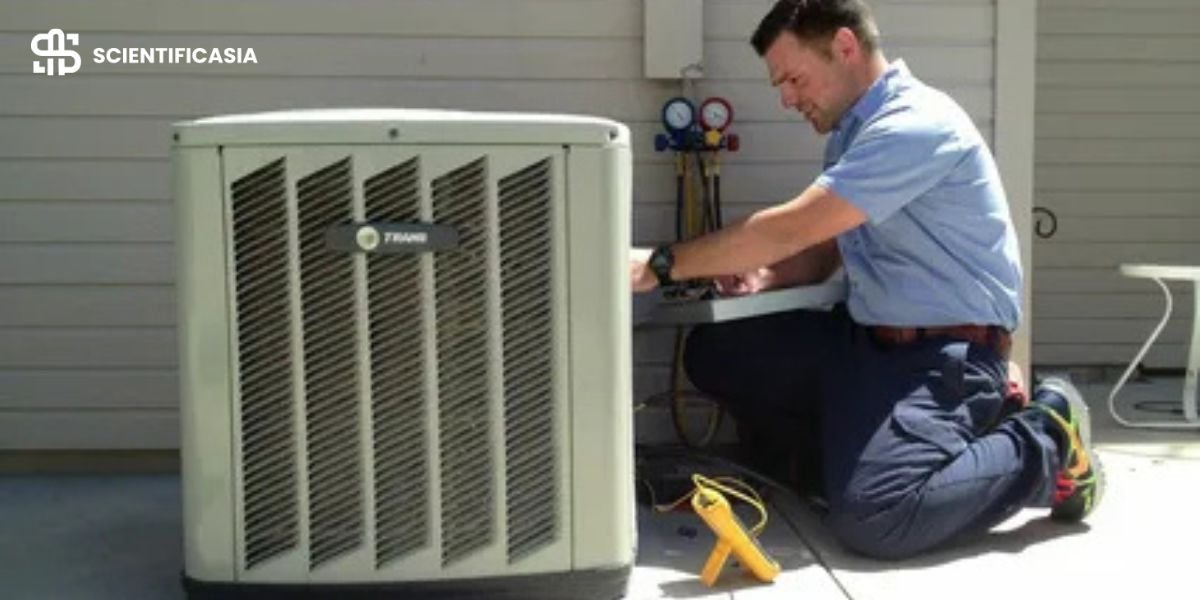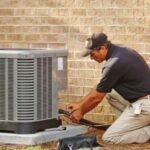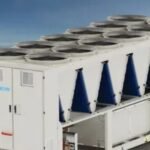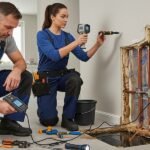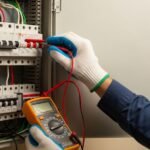Transitioning between seasons often puts added stress on heating and cooling systems, making preparation a crucial part of keeping them running efficiently and reliably. Whether moving from the cold of winter to the warmth of spring or preparing for the drop in temperatures during autumn, the performance of an HVAC system depends heavily on the care and attention it receives before the change in weather. Without preparation, small issues can escalate into costly repairs, uncomfortable living conditions, and reduced system life expectancy.
We will explore practical steps homeowners can take to ensure their HVAC systems remain dependable all year long, while minimizing strain and maintaining comfort and energy efficiency. For those using HVAC in Greenville, SC, seasonal preparation is especially important due to the area’s temperature fluctuations throughout the year. By proactively addressing seasonal needs, you create a smoother transition and reduce the likelihood of unexpected breakdowns when you need heating or cooling the most.
Key Steps to Seasonal HVAC Preparation
Schedule a Professional Inspection Before the Season Shifts
Every change in season brings different demands on an HVAC system, and routine inspections are a critical first line of defense. Before the peak of summer or winter arrives, scheduling a system check helps identify issues such as worn belts, loose electrical connections, or dirty components that can affect performance. A technician can evaluate airflow, check refrigerant levels, and confirm that the thermostat is calibrated correctly, ensuring that your system runs at peak efficiency.
Regular inspections not only keep the unit in good working order but also allow for early detection of problems that may otherwise result in sudden breakdowns. Preparing before the weather shifts means your HVAC doesn’t have to work overtime to keep your home comfortable, ultimately reducing wear and tear. This preventive step becomes an investment in both comfort and savings, as a well-maintained system consumes less energy while extending its operational life.
Replace or Clean Air Filters Consistently
Filters are one of the most overlooked yet vital components of an HVAC system, and they directly influence both indoor air quality and system efficiency. Dust, pollen, pet dander, and other particles quickly clog filters, especially during transitional seasons when the system may alternate between heating and cooling. A clogged filter forces the HVAC to work harder to push air through, increasing energy use and putting strain on internal components.
By replacing or cleaning filters every one to three months, you allow consistent airflow, reduce stress on the system, and help maintain healthier air inside the home. Preparing for seasonal changes is the perfect time to check and update your filters, as outdoor allergens, humidity shifts, and temperature fluctuations all contribute to faster buildup. Something as simple as a fresh filter can dramatically improve comfort while preventing unnecessary wear on the entire HVAC system.
Check and Seal Ductwork for Leaks or Blockages
Ducts are the hidden pathways that deliver heated or cooled air throughout the home, and their condition directly impacts how efficiently your HVAC system operates. Over time, ducts can develop leaks, accumulate dust, or even become partially blocked, leading to uneven heating and cooling. Seasonal preparation should include an inspection of these ducts to ensure there are no gaps, cracks, or obstructions. Even small leaks can cause significant energy loss, as treated air escapes before reaching the intended rooms, forcing the system to run longer and harder.
Sealing and insulating ducts improves airflow and reduces wasted energy, while cleaning out accumulated debris ensures healthier indoor air. A thorough review of the ductwork is often overlooked in seasonal preparation, yet it can make a noticeable difference in comfort and efficiency. By keeping ducts clear and sealed, your HVAC system delivers consistent performance no matter the season.
Calibrate and Test Thermostat Settings
The thermostat is the control center of your HVAC system, and improper settings or calibration can undermine all other preparation efforts. As seasons change, it’s important to adjust temperature settings to align with current weather conditions, ensuring both comfort and energy efficiency. A poorly calibrated thermostat may cause the system to cycle on and off too frequently or not maintain the desired temperature, leading to increased energy costs and wear on components.
Preparing for a new season is also a great time to consider upgrading to a programmable or smart thermostat, which allows for customized schedules that optimize usage throughout the day. For example, you can set the system to reduce operation while you’re away and increase comfort just before you return. Testing thermostat functions, replacing batteries if necessary, and confirming accurate readings all contribute to smoother HVAC performance during seasonal transitions.
Preparing your HVAC system for seasonal changes is about more than comfort—it’s about long-term efficiency, reduced costs, and reliable performance. By scheduling inspections, replacing filters, checking ductwork, calibrating thermostats, cleaning outdoor units, and evaluating insulation, homeowners can create an environment where their systems thrive rather than struggle. These proactive steps also contribute to healthier air quality and fewer unexpected breakdowns, ensuring that the home remains comfortable regardless of weather extremes. Taking seasonal preparation seriously means investing in both your system’s longevity and your household’s peace of mind. With each transition, these steps make the difference between a smooth experience and one filled with costly repairs or inefficiencies. By preparing thoughtfully, your HVAC system will serve you reliably through every season’s unique demands.

